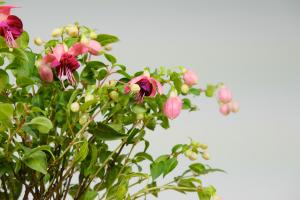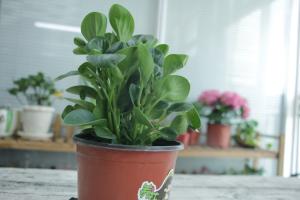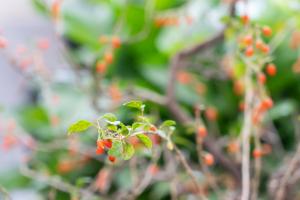What are Native Plants in New York State?
New York State is home to a vast array of flora, including both native and non-native species. Native plants, in particular, are vital to the local ecosystem, as they have evolved to thrive in the region's specific conditions, providing food, shelter, and habitat for native wildlife. As such, they play a critical role in maintaining the balance of the natural world.
What are Native Trees in New York State?
Some of the most remarkable native trees found in New York State include the American beech, sugar maple, red oak, black cherry, and white pine. American beech trees are known for their smooth, grey bark, and can grow up to 130 feet tall. Sugar maple is a deciduous tree that is prized for its autumn foliage, which displays a wide range of colors, from deep reds and oranges to vibrant yellows. Red oak is another important native tree species, with its sturdy wood prized for its durability and strength. Black cherry trees, on the other hand, are known for their glossy, dark red berries that are enjoyed by a variety of local wildlife. Finally, the white pine is one of the state's most iconic trees, with its straight trunk and soft, delicate needles.
Why are Native Trees Important?
As previously mentioned, native trees are critical for maintaining the balance of the natural ecosystem in New York State. They have adapted over time to thrive in the region's soil, weather, and other environmental factors, making them an integral part of the local ecology. Additionally, native trees provide food and habitat for wildlife, which helps to ensure a healthy and diverse ecosystem. Moreover, native trees require less maintenance, as they are already adapted to the area's conditions, which means they are easier to grow and care for than non-native varieties.
What are Some Non-Native Trees in New York State?
New York State is also home to a variety of non-native trees that have been introduced to the region. Some of the most common non-native species include the Norway maple, ginkgo biloba, and Japanese cherry blossom. These non-native trees may be attractive, but they can have negative effects on the local ecosystem. They may outcompete native species, leading to a loss of biodiversity, and may also provide less food and habitat for local wildlife. Furthermore, non-native trees may require more maintenance and care than their native counterparts, which can be costly and time-consuming.
What Can You Do to Help Support Native Trees?
One way to support native trees in New York State is to plant them in your own garden or backyard. By selecting native species, you can help to maintain the local ecology and provide food and habitat for native wildlife. Additionally, you can educate yourself and others about the importance of native trees and the negative effects of non-native species. Finally, you can get involved in local conservation efforts, such as supporting local parks and nature reserves, and volunteering with environmental organizations.
Conclusion
Native trees are an integral part of New York State's natural ecosystem, providing food, shelter, and habitat for wildlife, and helping to maintain the balance of the local environment. By choosing to plant native species, you can help support the local ecology and contribute to a healthier and more sustainable environment. Furthermore, by educating yourself and others about the importance of native trees and supporting conservation efforts, you can help ensure that future generations can continue to enjoy the benefits of these remarkable trees.

 how many times do yo...
how many times do yo... how many planted tre...
how many planted tre... how many pine trees ...
how many pine trees ... how many pecan trees...
how many pecan trees... how many plants comp...
how many plants comp... how many plants can ...
how many plants can ... how many plants and ...
how many plants and ... how many pepper plan...
how many pepper plan...





























